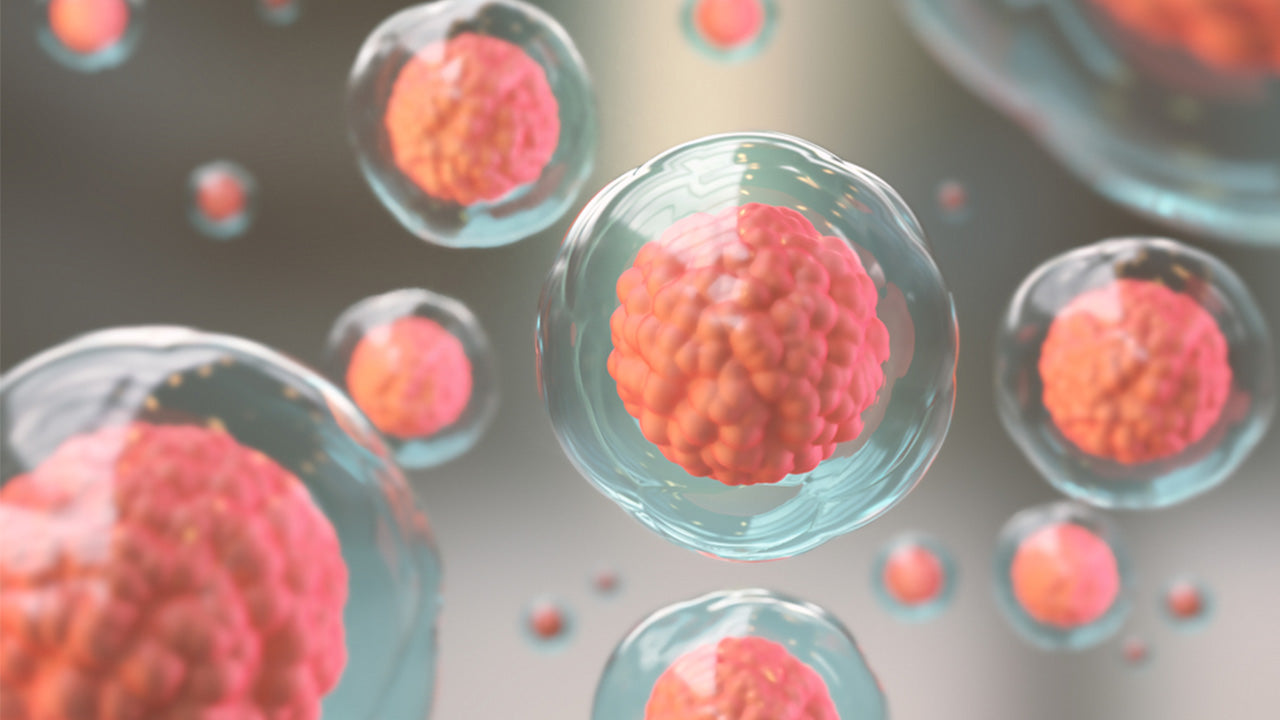Trigger Point Injections: What They Are, When They're Needed and How They're Performed
 By: by Amino Science
By: by Amino Science

Trigger point injections are designed as pain management for myofascial pain syndrome. We're helping you decide if trigger point injections are right for you by providing an in-depth definition of the procedure, when it's medically justified, how it's done, and what the potential side effects may be.
What Is a Trigger Point Injection?
Trigger point injections are intended to provide pain relief by inactivating (basically stunning or inhibiting) certain trigger points involved in the symptoms of myofascial pain syndrome. To do this, a health care professional inserts a small needle containing a local anesthetic or saline, and possibly a corticosteroid, into the trigger point causing the muscle pain in order to subdue it.
What Is Myofascial Pain Syndrome?
Myofascial pain syndrome is a muscle disorder that causes pain around what's known as myofascial trigger points. It's a distinct syndrome from fibromyalgia, which also causes tender points throughout the body, though both of these conditions could occur in the same patient at the same time, making each of them more difficult to diagnose and treat.
Myofascial trigger points are hyperirritable spots that create musculoskeletal pain. They may have palpable nodules that exist in taut bands of muscular fibers, and they are still not widely understood even in the medical community. Treatment of these trigger points can involve ultrasound therapy, manipulative therapy, spray and stretch therapy using a topical anesthetic, or trigger point injections.
Trigger point injections are not required for every case or even every trigger point, especially if noninvasive physical therapy is effective. However, if a trigger point experiences chronic pain in certain areas like the lower back, a small needle injection may be the most effective treatment. The injection may be a corticosteroid, an anesthetic like lidocaine or bupivacaine, or a mixture of both.
Indications for Trigger Point Injections
Trigger point injections are indicated for those patients who have health care findings consistent with active trigger points (distinct from latent trigger points that don't need treatment as they are asymptomatic). Other widespread pain disorders such as endocrine disorder or fibromyalgia are not eligible for trigger point injections unless they have myofascial pain trigger points also.
Seek medical advice to decide if injecting these points of muscle spasm is the safest way to treat painful areas, including the trapezius muscle (upper back and neck pain), the erector spinae muscles (along the spinal cord), the iliocostalis muscle (low back pain), and other areas of muscle which, if afflicted, can cause referred pain (pain felt in other areas that are not the origin spot), tension headaches, and a decline in quality of life.
Your doctor will examine your skeletal muscles for a local twitch response (a contraction or dimpling of the skin as muscle fibers tense), take into account your pain level and "jump response" to the exam, and discuss your various treatment options.
Contraindications for Trigger Point Injections
Trigger point injections have contraindications for:
- Those with bleeding disorders or those on anticoagulants
- Pregnant patients
- Patients who are ill or who have conflicting medical conditions
- Those with a higher risk of infection (such as those with diabetes mellitus or who are debilitated)
- Patients on steroids
While a steroid injection can act as a nerve block, there have nevertheless been studies that show dry needling (needling without injection, akin to acupuncture for musculoskeletal disorders) may provide some relief, though a scientific consensus has not yet been reached. Researchers also warn against "sham needling" practices that are not done by properly trained medical personnel.
Trigger Point Injection Procedures: What to Expect
Here's what you can expect at a trigger point injection procedure.
- The needles involved will be long enough to reach the deepest muscles requiring treatment.
- The area will be sterilized before injection.
- Your health care provider will prepare the injection with local anesthetics and/or steroids.
- The doctor will position you for best access to the affected muscle groups, and may also use ultrasound guidance to precisely pinpoint the injection.
- Your clinician will isolate the trigger point area by pinching the skin between their fingers to keep it in place during the injections (the needling and injecting will be repeatedly redirected without removing the needle from the subcutaneous level of the skin).
- This treatment of trigger points will include post-procedural care on your part: resting for 1-2 days and avoiding strenuous activity and pain-provoking activities that could overstress the muscles.
Your doctor will make sure you're aware of potential complications resulting from trigger point injections, which could include vasovagal syncope (sudden fainting), hematoma formation, skin infection, pneumothorax (a collapsed lung), or needle breakage.

Post-procedural Care
To ensure the best success with trigger point injections, post-procedural care may include the following.
Proper Stretching
While it's important not to overstress the muscle, it is still recommended that you use your muscles to their full range of motion to help relieve stiffness and reclaim normal muscle functioning. To help your muscles relax and optimize the effects of the injections, stretching after your trigger point injections is an integral post-procedure component. Your doctor will most likely stretch you as soon as the procedure is complete, and then send you home with instructions to continue proper stretching on your own.
Active Exercise
The whole purpose of undergoing trigger point injections is to restore full use of your muscles, and active exercise will help determine whether or not the treatment was effective. These exercises will target muscle stretching, muscle strengthening, and muscle conditioning to help relieve myofascial pain. Staying active with exercise will also help reduce the chances of developing more trigger points in your muscle fibers as you increase your muscle endurance.
Once you've built up enough strength via training, conditioning exercises like jogging, jumping rope, tennis, swimming, and/or bicycling are encouraged at least twice a week going forward.
You can increase endurance and enhance your exercise efforts by taking an energy-boosting amino acid supplement. Learn more here.
Don't Be Triggered
Alleviating neck, back, and shoulder pain are major aspects of physical medicine, and getting expert help with treating myofascial pain syndrome can help improve your quality of life while living with this musculoskeletal disorder. Trigger point injections are the last hope for pain relief for many, and they may finally bring you the treatment you need.

Up to 25% off Amino
Shop NowComments (0)
Most Craveable Recipes




 833-264-6620
833-264-6620



















